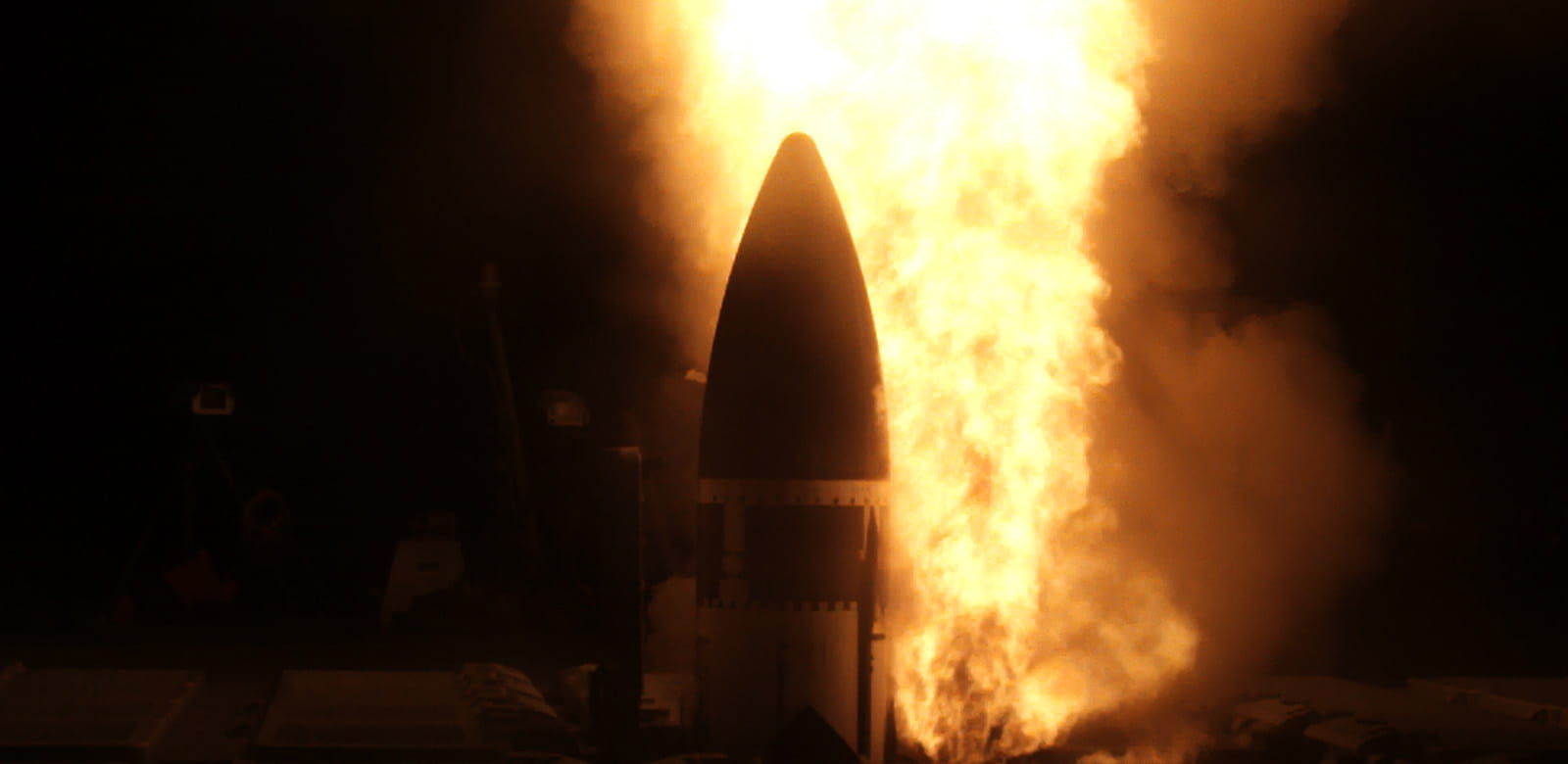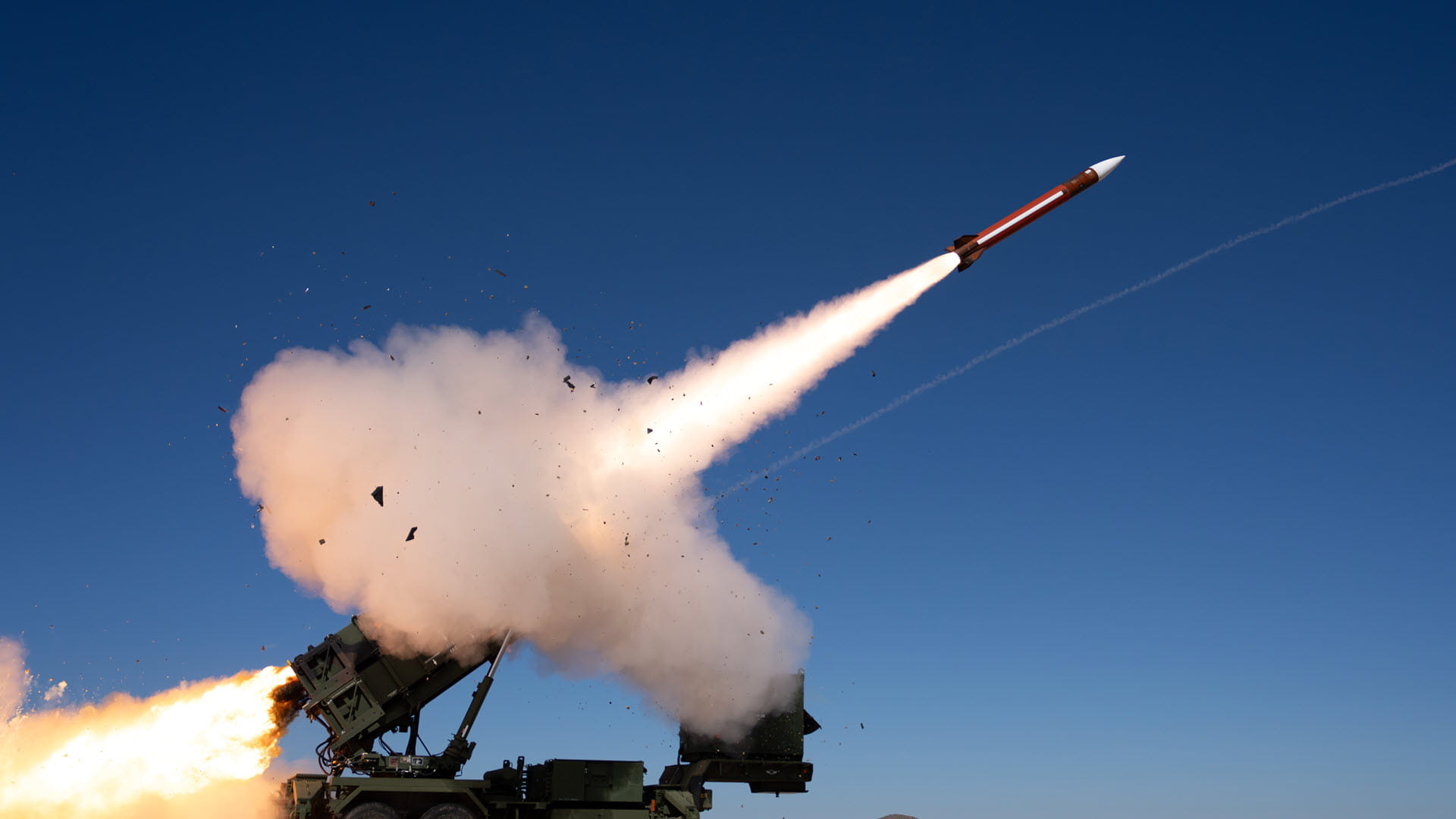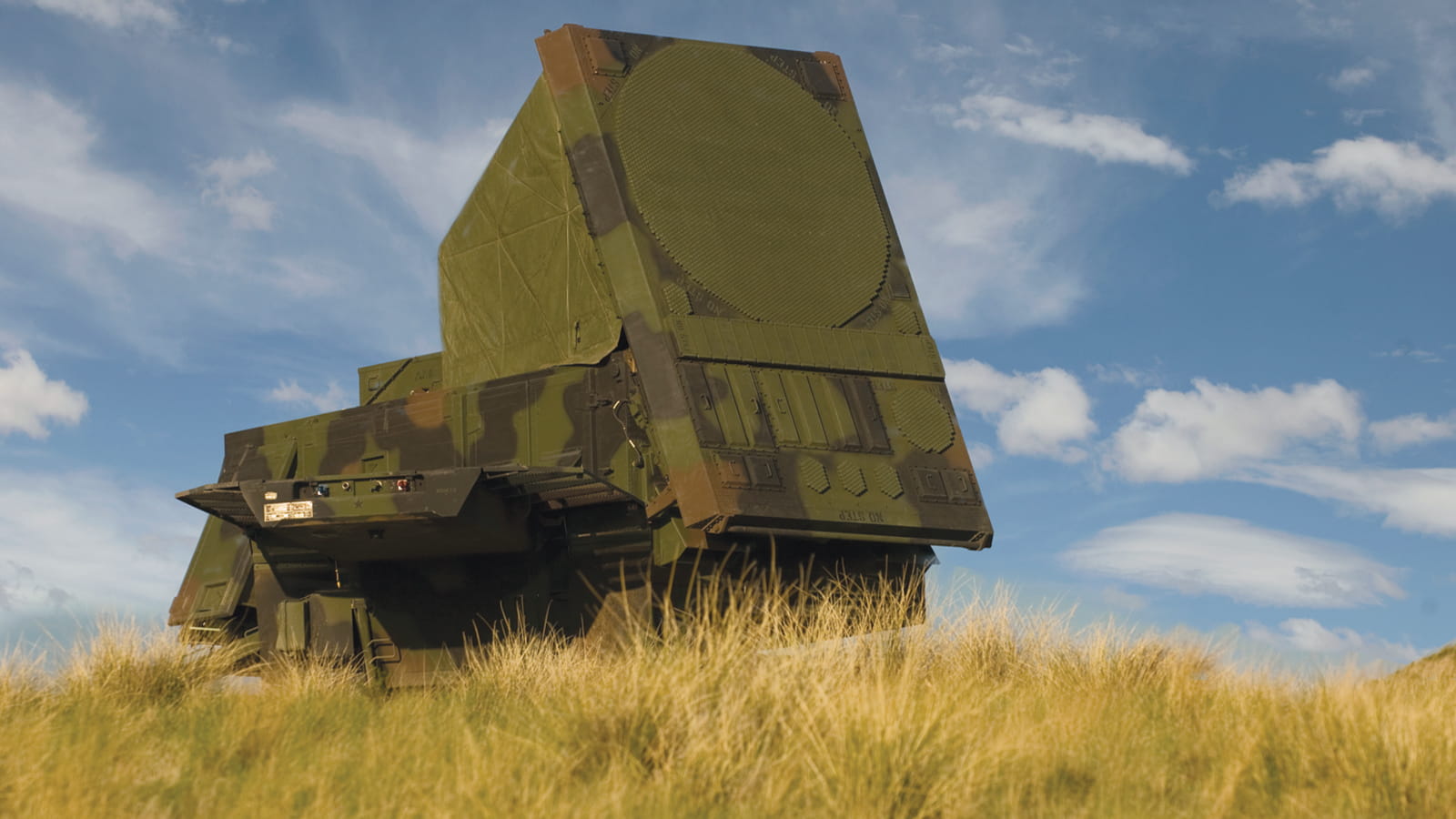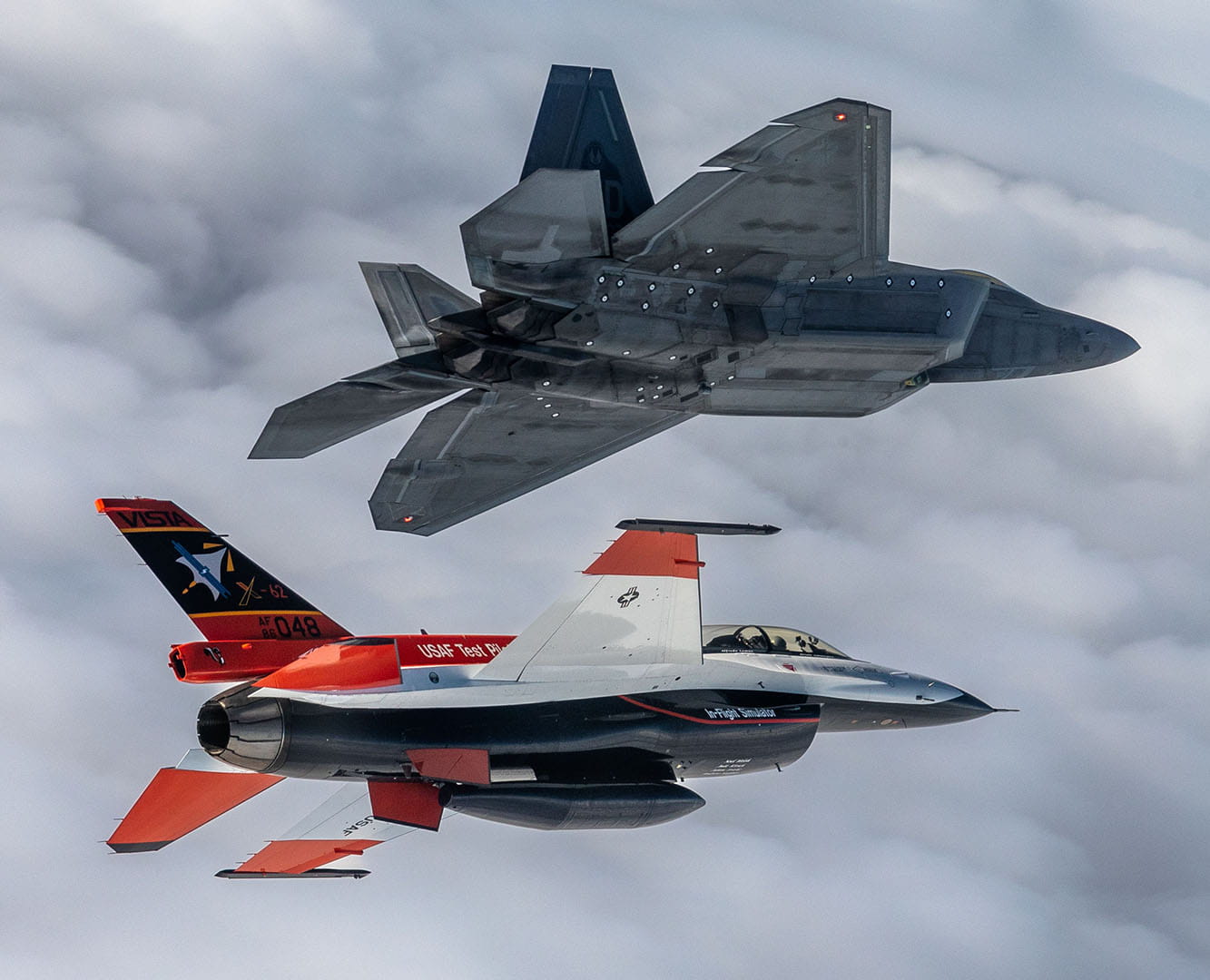What happens at a missile test
From target launch to interception, we take you through a missile defense flight test
High over the Pacific Ocean, the match between missiles was on.
The first to launch was playing the part of a threat representative intercontinental ballistic missile. From the Kwajalein Atoll in the Republic of the Marshall Islands, it shot up and out of Earth’s atmosphere.
Then came its opponent: the SM-3 Block IIA interceptor, launching from the deck of the USS John Finn (DDG-113), northeast of Hawaii. Its job: to find the threat representative ICBM and destroy it in flight.
How those two missiles would meet in an explosive, exoatmospheric encounter is a story that stretches from Alabama, to the Pacific Ocean, to space, to Colorado and back again. It’s also one that Raytheon Technologies is uniquely suited to tell, with innovations at work in every step of flight tests like this one, known as Flight Test Aegis Weapon System-44, or FTM-44.
Here, experts from across Raytheon Technologies walk through how these tests work – and how they help protect national security.
The team behind the target
Just like every story needs a villain, every missile defense test needs a target. For FTM-44, the point of the test was to show how the interceptor worked, but safely launching and tracking the target in the first place was just as important.
That’s the work of RGNext, a joint venture between General Dynamics Information Technology and Raytheon Intelligence & Space, a business of Raytheon Technologies. RGNext’s job was to operate the mission radar system that tracked and reported the target’s trajectory and fly-out assessment, including telemetry, optical tracking, data collection and flight safety.
“We’re definitely behind the scenes but played a very important and critical role in maintaining the communications architecture necessary to ensure the safety of the (threat representative ICBM) at all times,” said Sandy Brown, president of RGNext, which also helps commercially launch supplies to the International Space Station.
Tracking the data
When the target entered the boost phase, two satellite sensors built by Raytheon Intelligence & Space saw it happen.
From there, it was routed to the nearby Missile Defense Integration and Operations Center, or MDIOC, at Schriever Air Force Base in Colorado Springs. The center is the U.S.’ main facility for ballistic missile defense command and control center, also known as C2BMC, for command and control, battle management and communications.
In real-world scenarios, that target tracking data informs the responses of leaders all the way up to the president. But whether it’s real or a flight test, C2BMC extends beyond the decision to deploy an interceptor.
Staying on target
The tracking data makes it to the USS John Finn and the SM-3 IIA launches. As it hurtles toward its target, the ship relays tracking data to help it identify what to hit.
But for employees at Raytheon, the work started well before the SM-3 IIA ever lit up the launch deck.
“That was all the planning, missile integration and testing we had prior to conducting the mission,” said Rob Carey of Raytheon, who served as flight test team lead. “There was also a lot of coordination within the community to prepare for the flight.”
That work included knowing what would happen before it happens, also known as modeling and simulation. Preflight analysis started almost a year earlier when the SM-3 IIA team received its initial target data.
“We do the high-fidelity predictions that tell us how the missile’s going to perform throughout flight, all the way down to the exact point on the target the interceptor will hit — and we were right,” said Doug Fiehler, part of the Raytheon flight test team at MDIOC.
When the interceptor left the atmosphere and the third-stage rocket motor separated, the kinetic warhead flew toward the target, using live tracking information from C2BMC to maneuver as needed.
Then, a historic hit. Just as the simulations predicted.
Evaluating test data
Whether a flight test succeeds like this one or not, they all yield something extremely valuable: data. The teams validate and process it to help with both the next test and the development of future missile defense innovations.
In the real world, service members won’t get a year’s notice if a foe launches an armed ICBM, nor will they get months to model and simulate their response. But tests like FTM-44 help make sure they are ready if the time ever comes, and that they’ll have the defensive technology they’ll need to protect the homeland.




